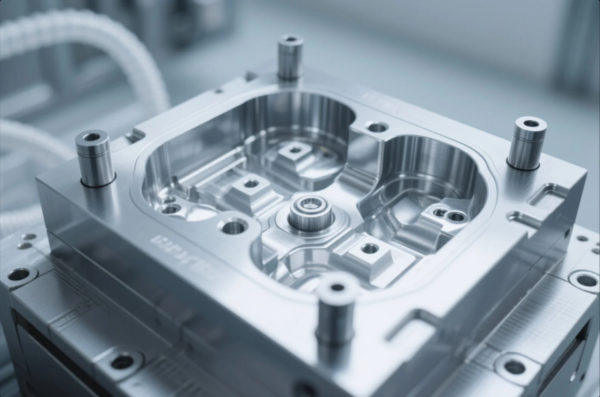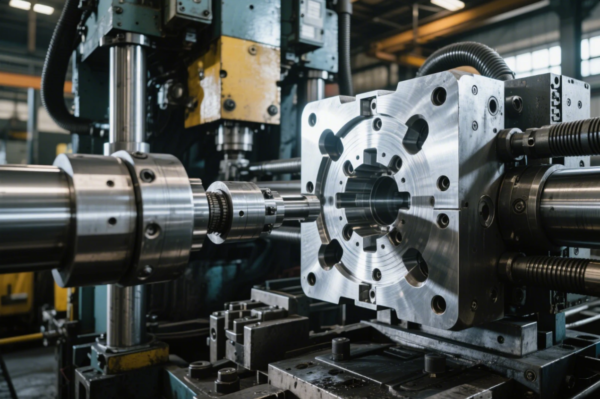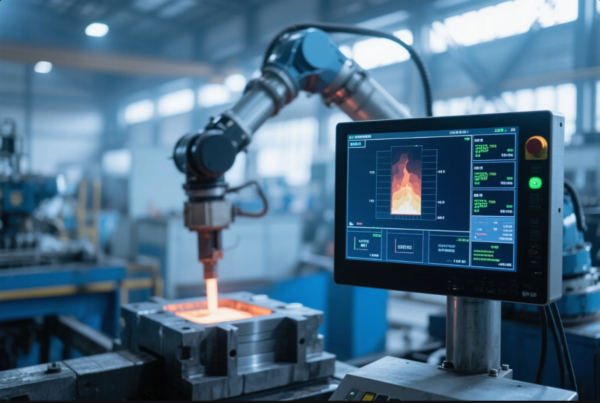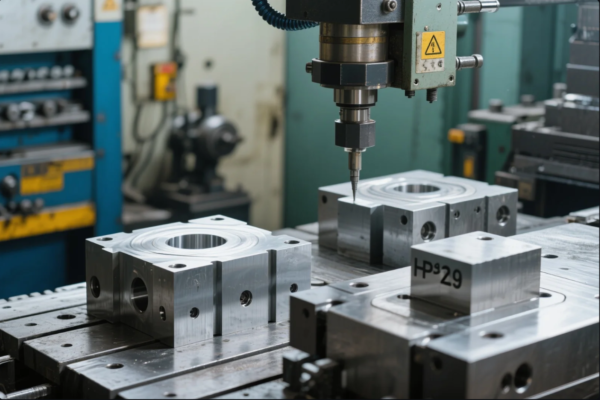Is a MIG Weld as Strong as a Stick Weld?
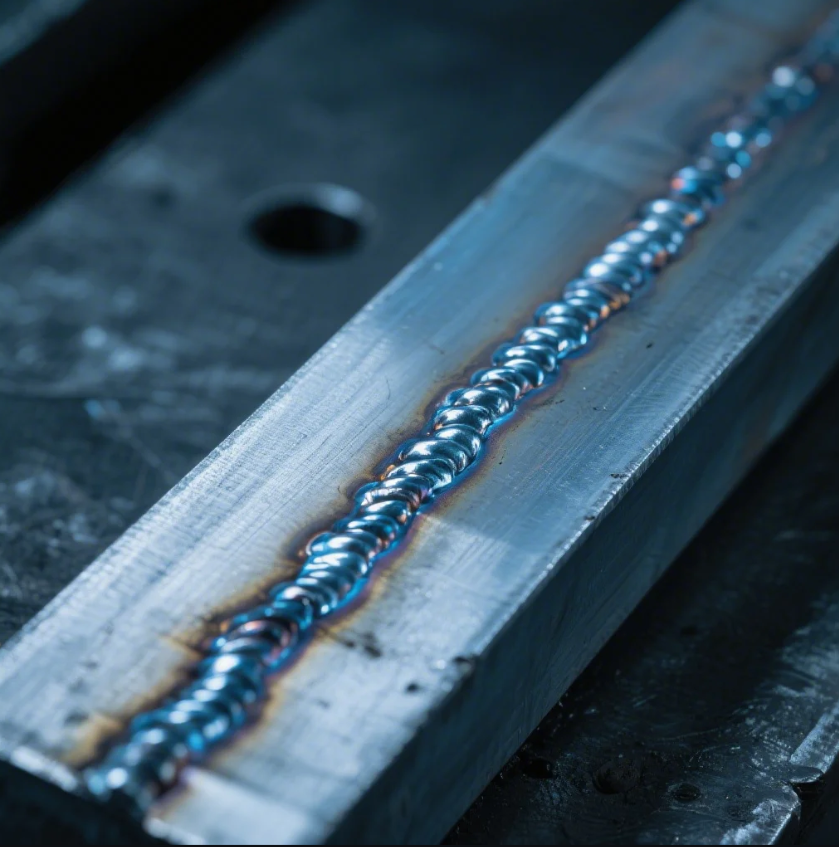
MIG welding and stick welding are two of the most commonly used welding methods, but when it comes to strength, which one is superior? Understanding the differences in strength and applications for each can help you decide which method to use for your specific welding needs.
Snippet paragraph: While MIG and stick welding are both strong methods, stick welding often provides greater strength in certain applications, especially for thicker or more rugged materials.
Transition paragraph: Keep reading to explore how stick welds compare to MIG welds, the best wire for MIG welding, and the strongest type of weld for heavy-duty projects.
Are Stick Welds Stronger Than MIG?
When comparing MIG welds to stick welds, it’s essential to understand the nuances of each. Stick welding (Shielded Metal Arc Welding or SMAW) is often considered stronger than MIG welding for certain applications, especially when working with thicker materials or in harsher environments.
Snippet paragraph: Stick welds are generally stronger than MIG welds, especially when dealing with thicker metals or rugged environments. But MIG welding has its advantages, too.

Why Stick Welding is Stronger
- Penetration: Stick welding creates deeper penetration into the base material, making it ideal for thick metals. The higher penetration leads to stronger bonds.
- Versatility: Stick welds are often preferred for outdoor or industrial applications, as they can be used in windy conditions or when working with dirty or rusty metals.
- Durability: Stick welding is more robust in challenging conditions, which is why it's commonly used in construction, pipeline welding, and heavy equipment repair.
When MIG Welding is Strong Enough
- Thin Materials: MIG welding is suitable for thin materials, where deep penetration isn’t necessary.
- Cleaner Environment: MIG welding is ideal for indoor work or applications where the surface is clean, as the shielding gas protects the weld from contaminants.
What MIG Wire is Equivalent to 7018 Welding Rod?
In MIG welding, the wire equivalent to the 7018 welding rod (a high-strength, low-hydrogen rod commonly used in stick welding) is the ER70S-6 wire.
Snippet paragraph: The MIG wire ER70S-6 is equivalent to the 7018 welding rod. Both are high-quality, versatile options for creating strong welds.

Why ER70S-6?
- Strength and Durability: The ER70S-6 wire is designed for high-strength welds, similar to the 7018 rod. It’s often used for structural steel and other heavy-duty welding applications.
- Versatility: This MIG wire works well on clean and slightly dirty materials, just like the 7018 rod in stick welding.
- Less Spatter: Compared to some other MIG wires, ER70S-6 produces less spatter, leading to cleaner welds.
Key Applications
ER70S-6 is suitable for applications like heavy machinery repair, structural work, and general manufacturing, where high strength and quality are required.
What is the Strongest Type of Weld?
The strongest type of weld is often considered to be the double-v butt weld, which can be achieved using both stick and MIG welding methods. This weld offers maximum strength because it penetrates deeply into the base material, providing a solid and durable bond.
Snippet paragraph: The double-v butt weld is typically the strongest, thanks to its deep penetration and full joint fusion, ideal for high-stress applications.

Double-V Butt Weld
- Deep Penetration: The double-v butt weld creates two bevels that allow for full penetration, providing a solid connection.
- High-Stress Applications: It is commonly used in heavy-duty applications, like shipbuilding, pressure vessels, and structural steel fabrication, where strength is critical.
Other Strong Welds
Other strong welds include fillet welds for joining two pieces at an angle, and tee welds, used for perpendicular connections. However, the double-v butt weld remains the go-to option for maximum strength.
What is MIG Welding Not Good For?
While MIG welding is versatile, it has certain limitations. It’s not always the best choice for every application. Below are a few scenarios where MIG welding is less effective.
Snippet paragraph: MIG welding is not ideal for outdoor use, thick metals, or working with dirty or rusted materials. Stick welding or other methods may be better for these applications.
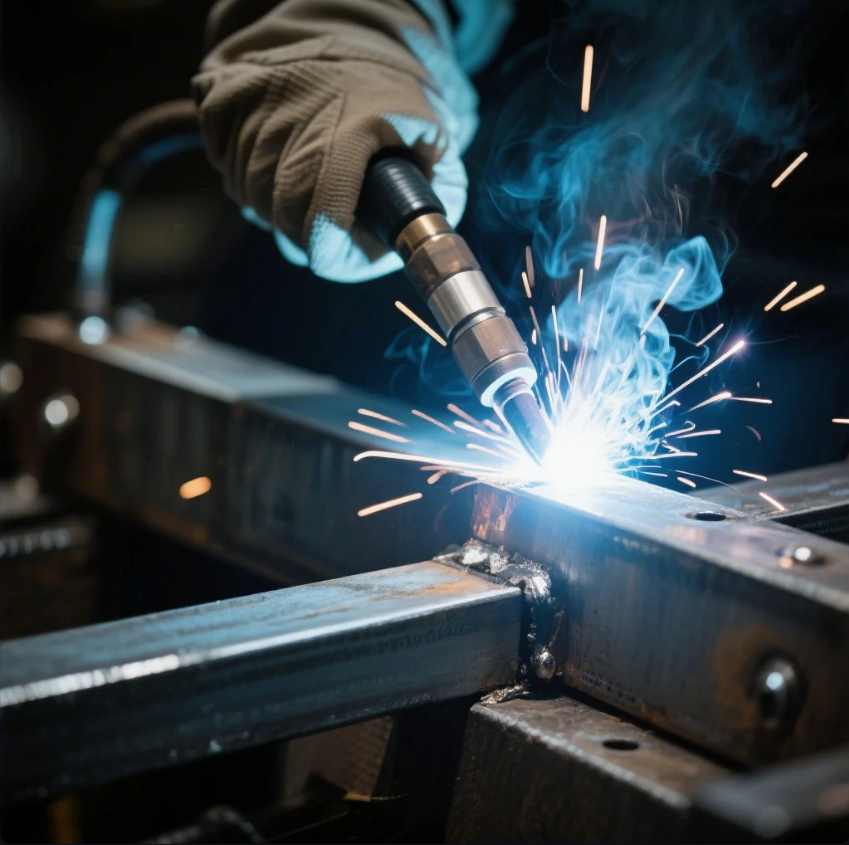
Not Ideal for Outdoor or Windy Conditions
MIG welding relies on a shielding gas (such as argon or CO2) to protect the weld pool from contamination. In windy environments, the gas can be blown away, leading to weak or inconsistent welds.
Less Suitable for Dirty or Rusty Materials
MIG welding requires clean surfaces for optimal results. Stick welding, on the other hand, can handle dirty or rusted surfaces better, making it a better choice for industrial applications or outdoor work.
Thick Materials
MIG welding is typically not the best for extremely thick materials. Stick welding or flux-cored welding is often preferred for heavy-duty applications where deep penetration and stronger bonds are required.
Conclusion
While MIG welding is a highly effective and versatile process, stick welding often provides stronger results, especially when working with thicker materials or in challenging environments. The ER70S-6 MIG wire is a good match for the 7018 welding rod, offering strength and versatility. However, for maximum weld strength, techniques like the double-v butt weld stand out. MIG welding is best for clean, thin materials in controlled environments, while stick welding excels in outdoor, rugged conditions.
Ready to get started on your welding project? Contact Prime today for expert advice, custom solutions, and fast, reliable service. Get your free consultation and quote now!

